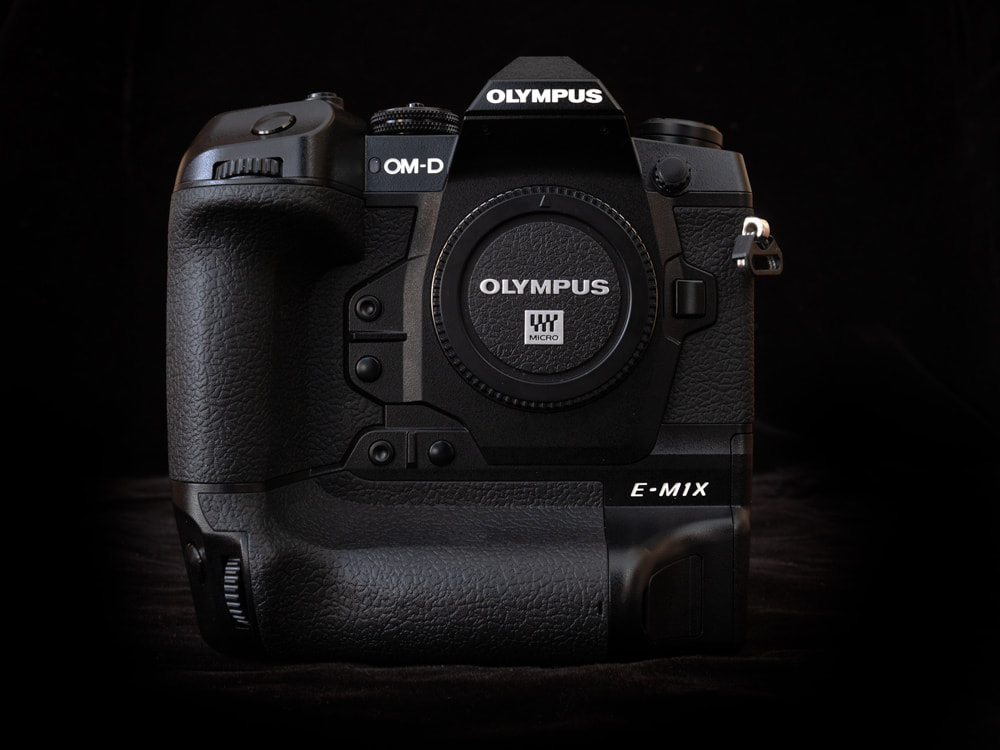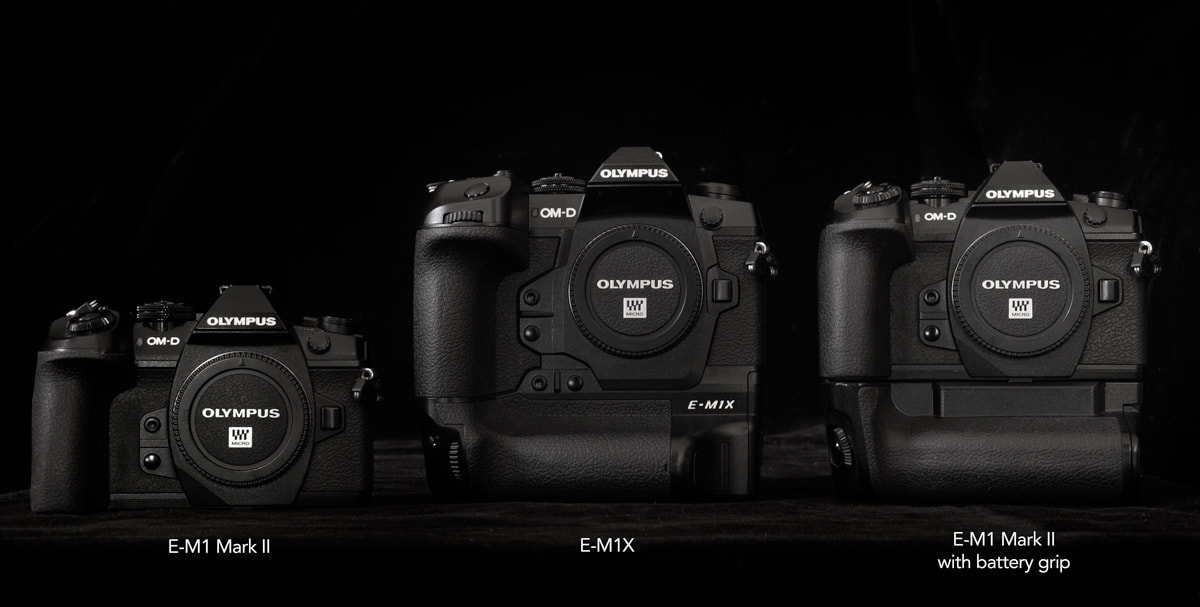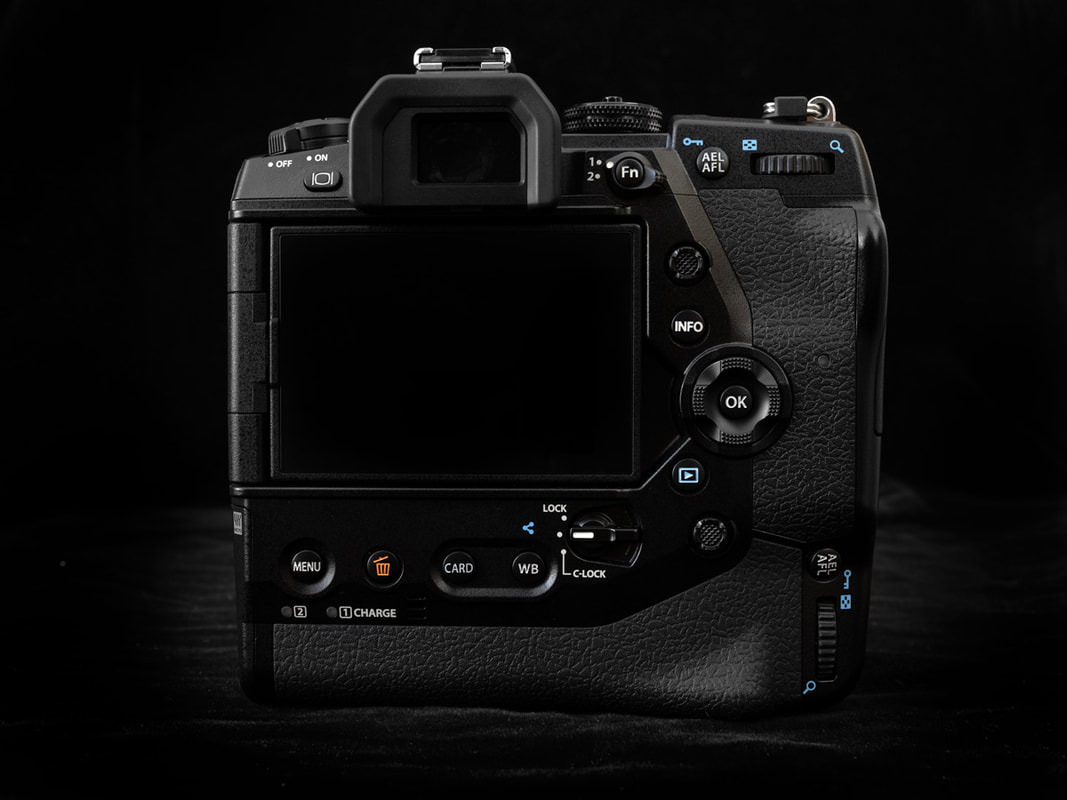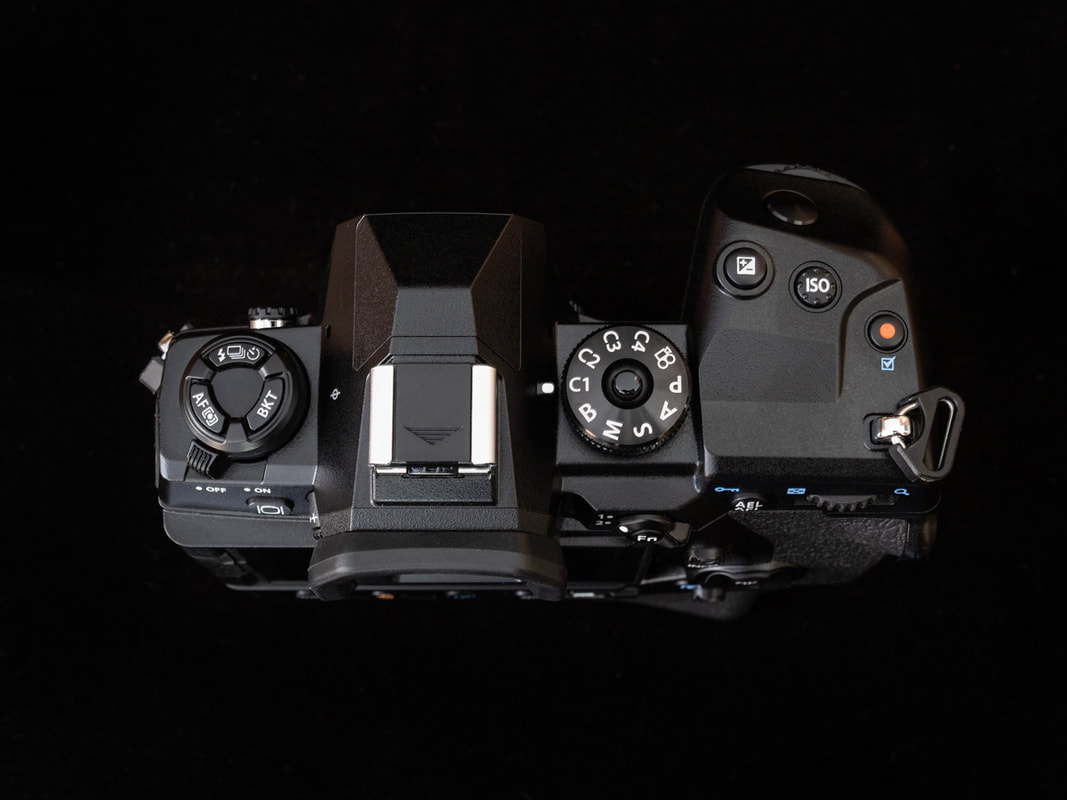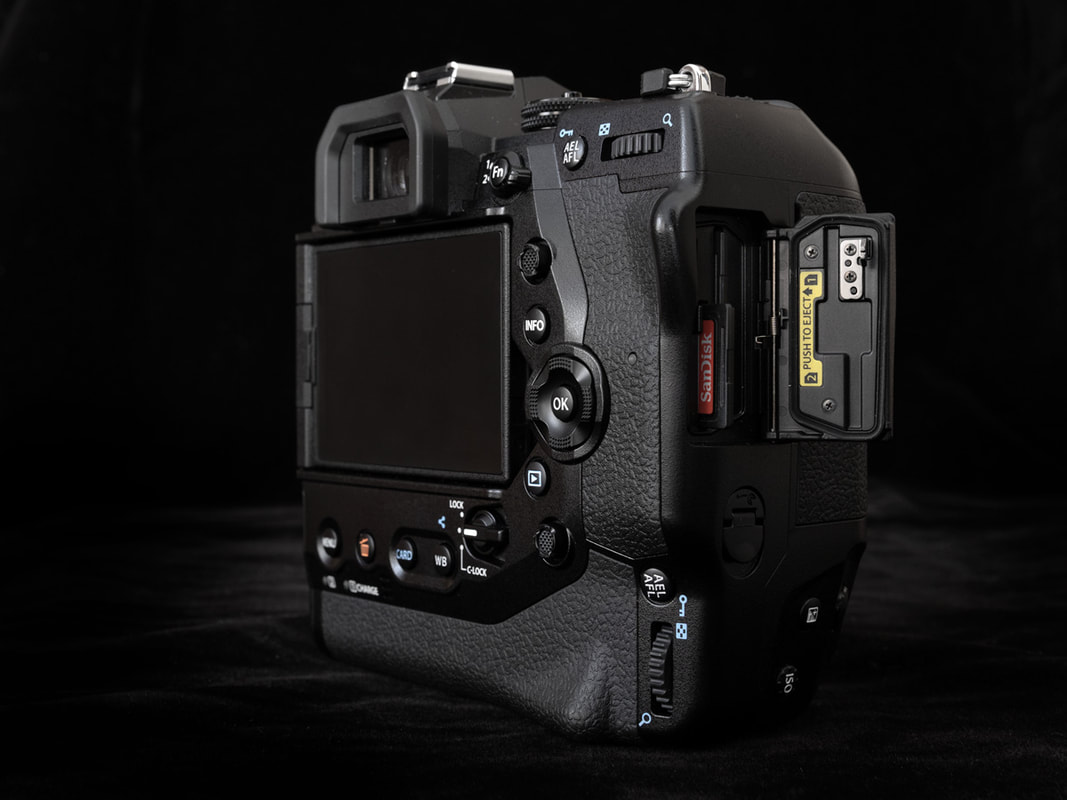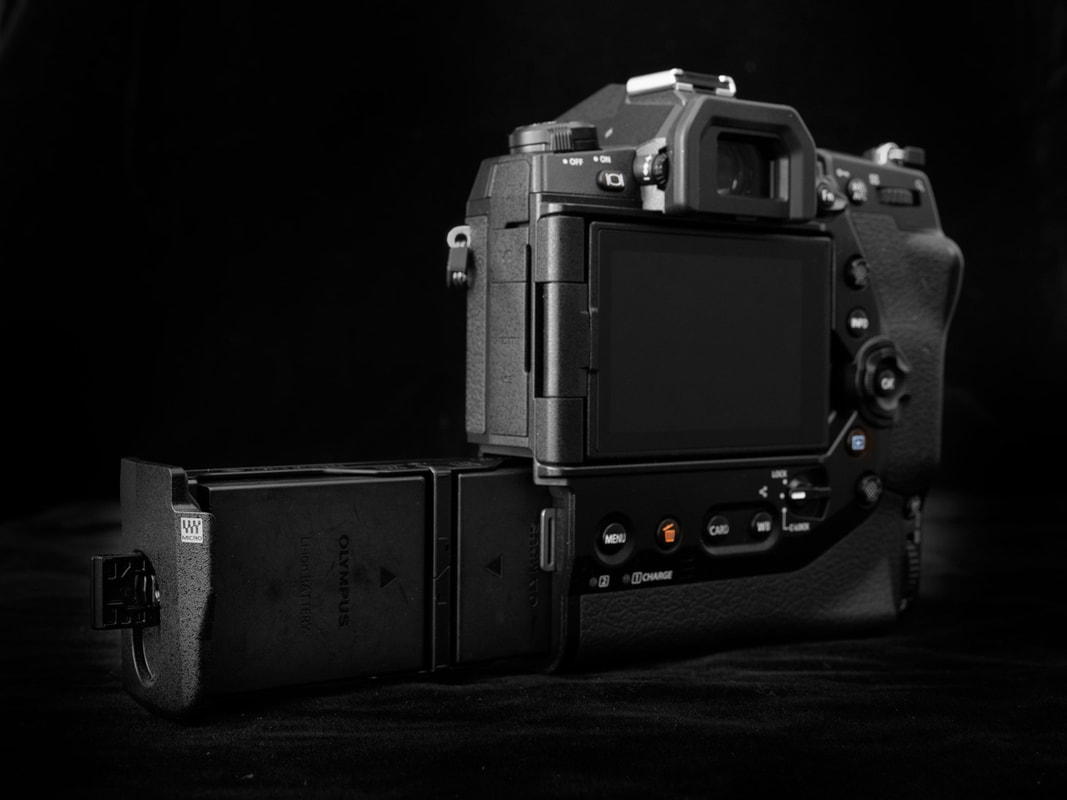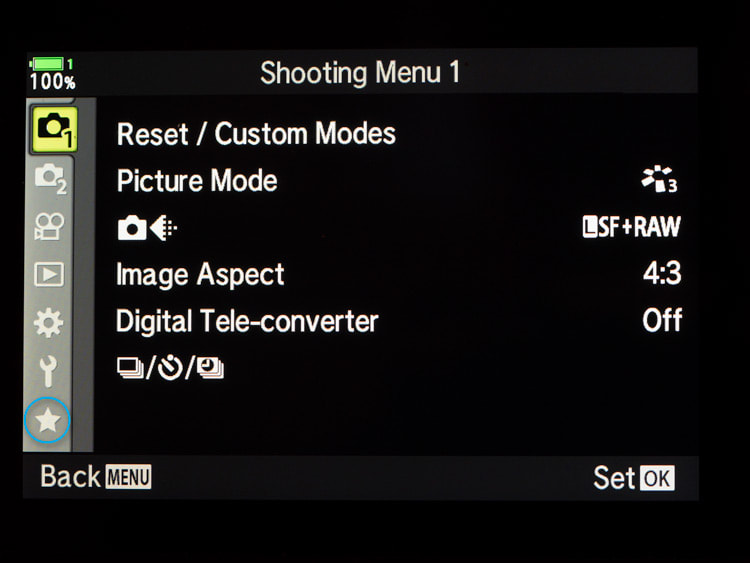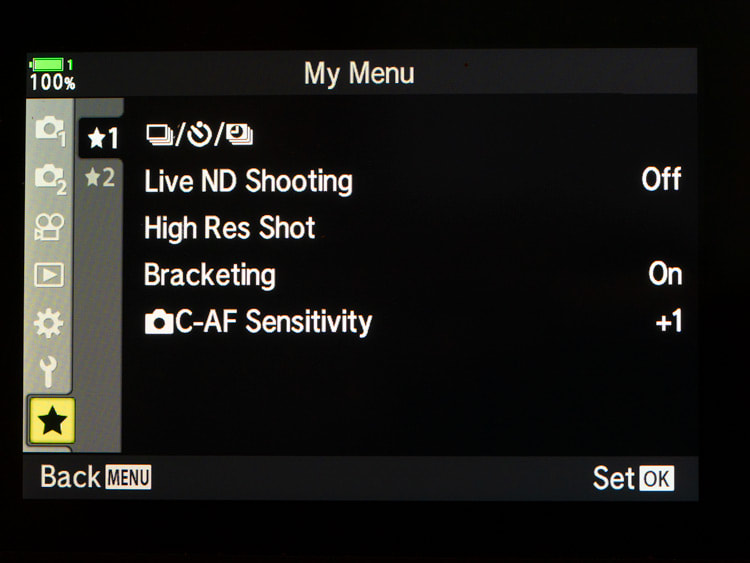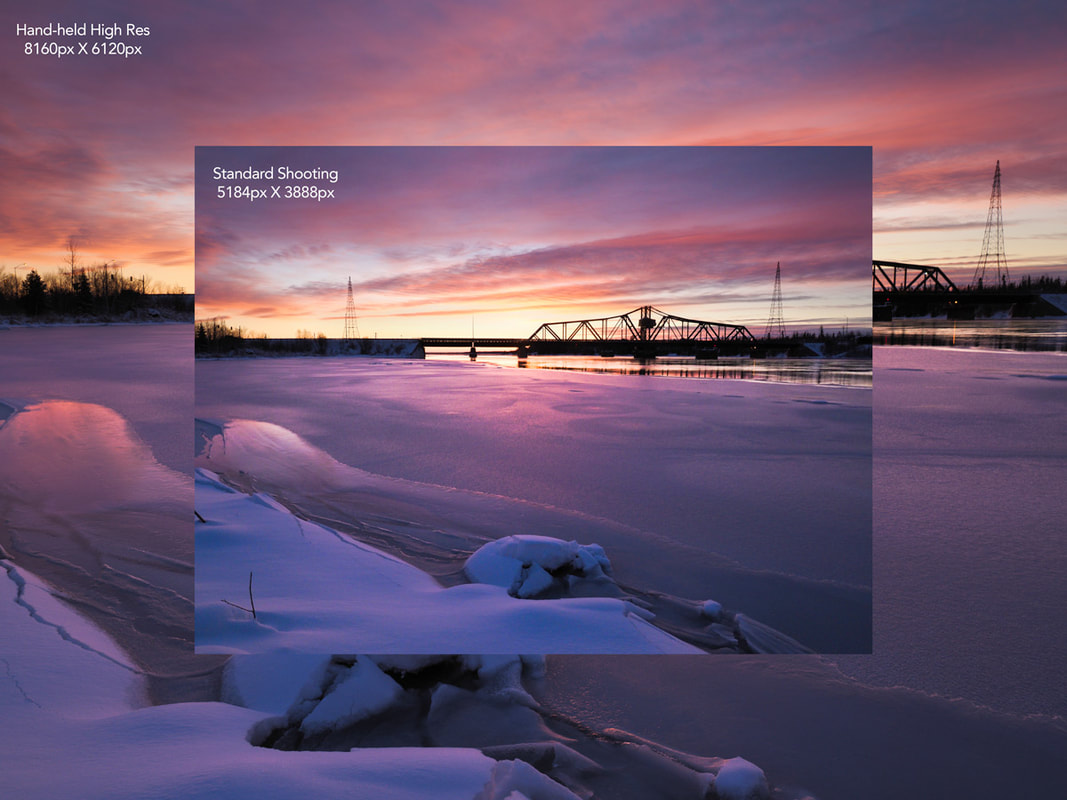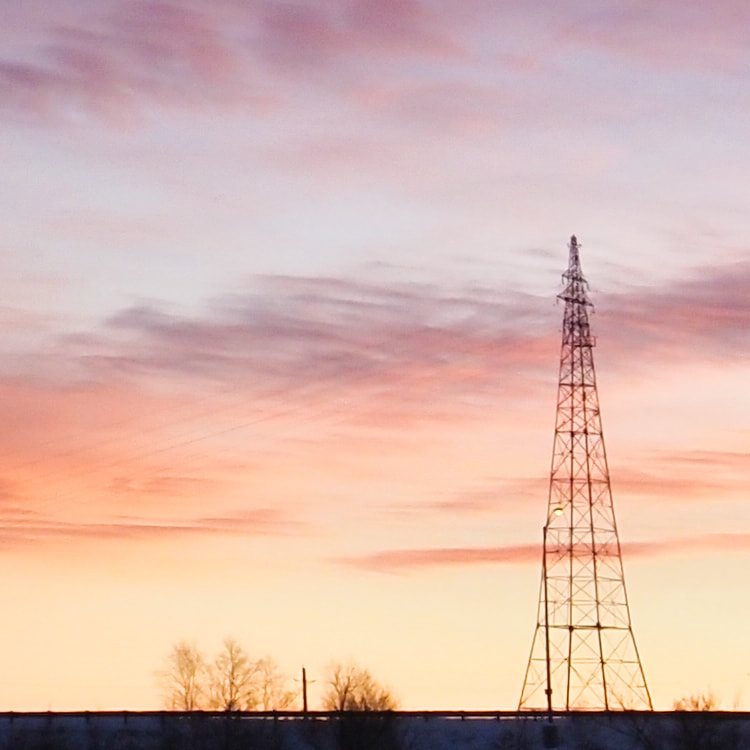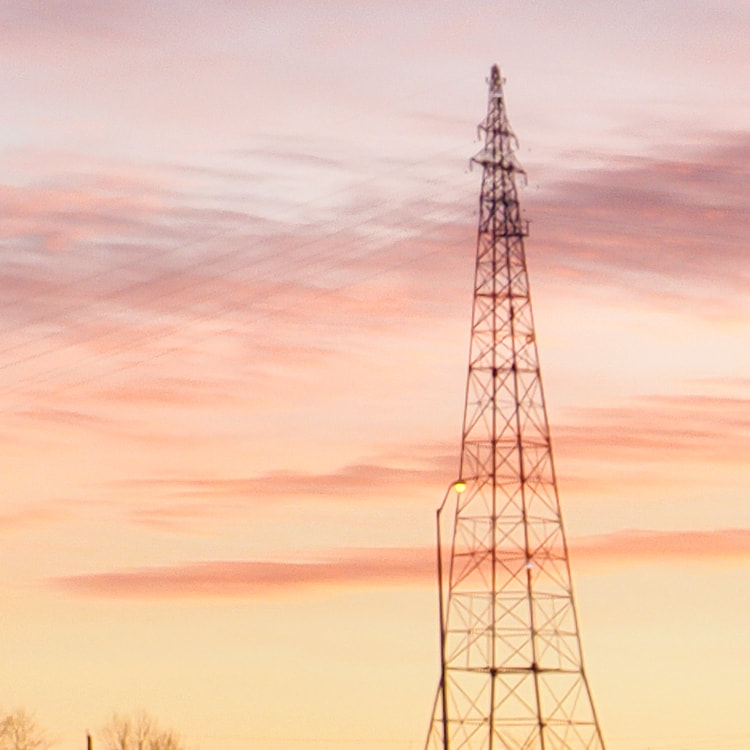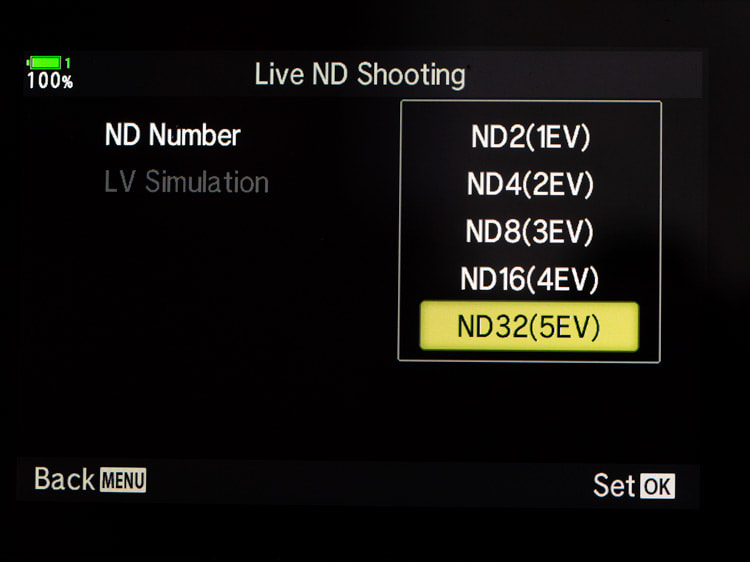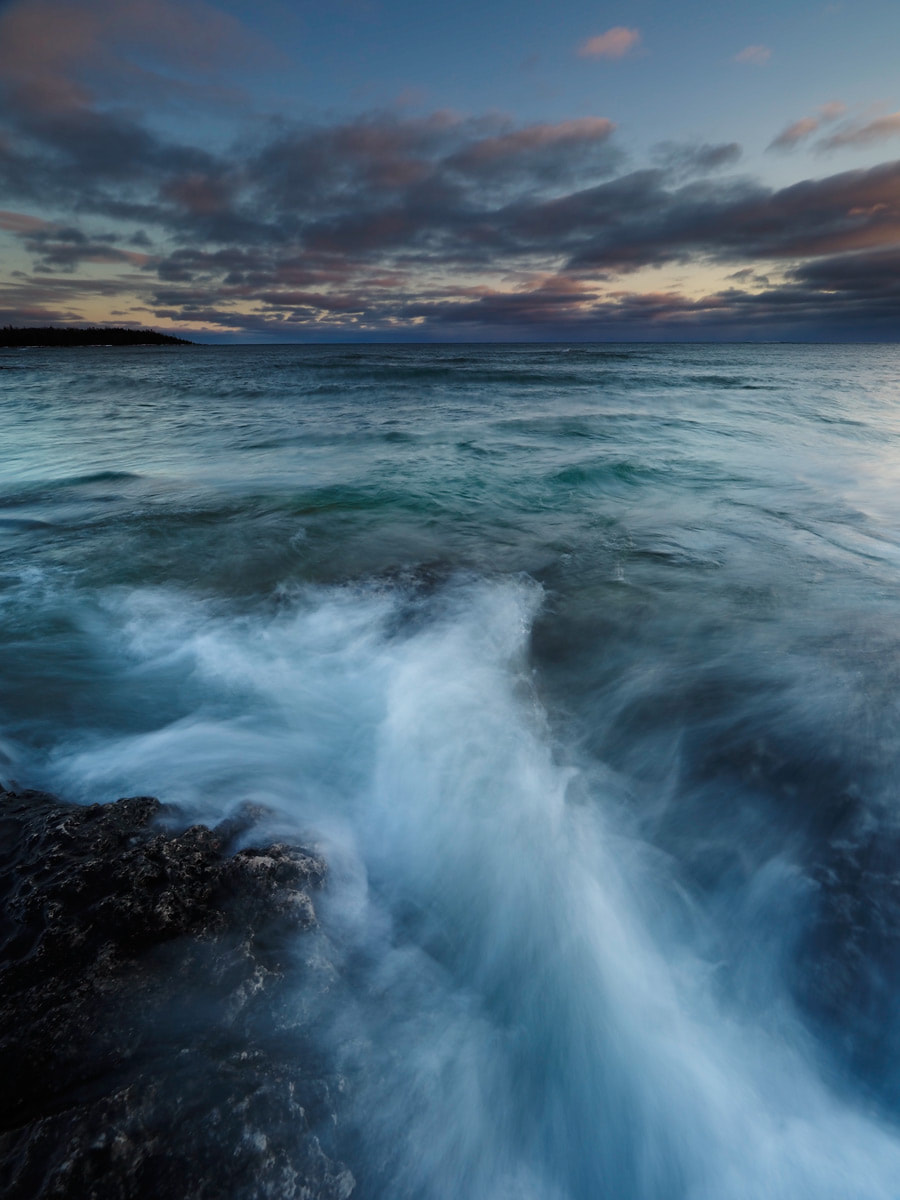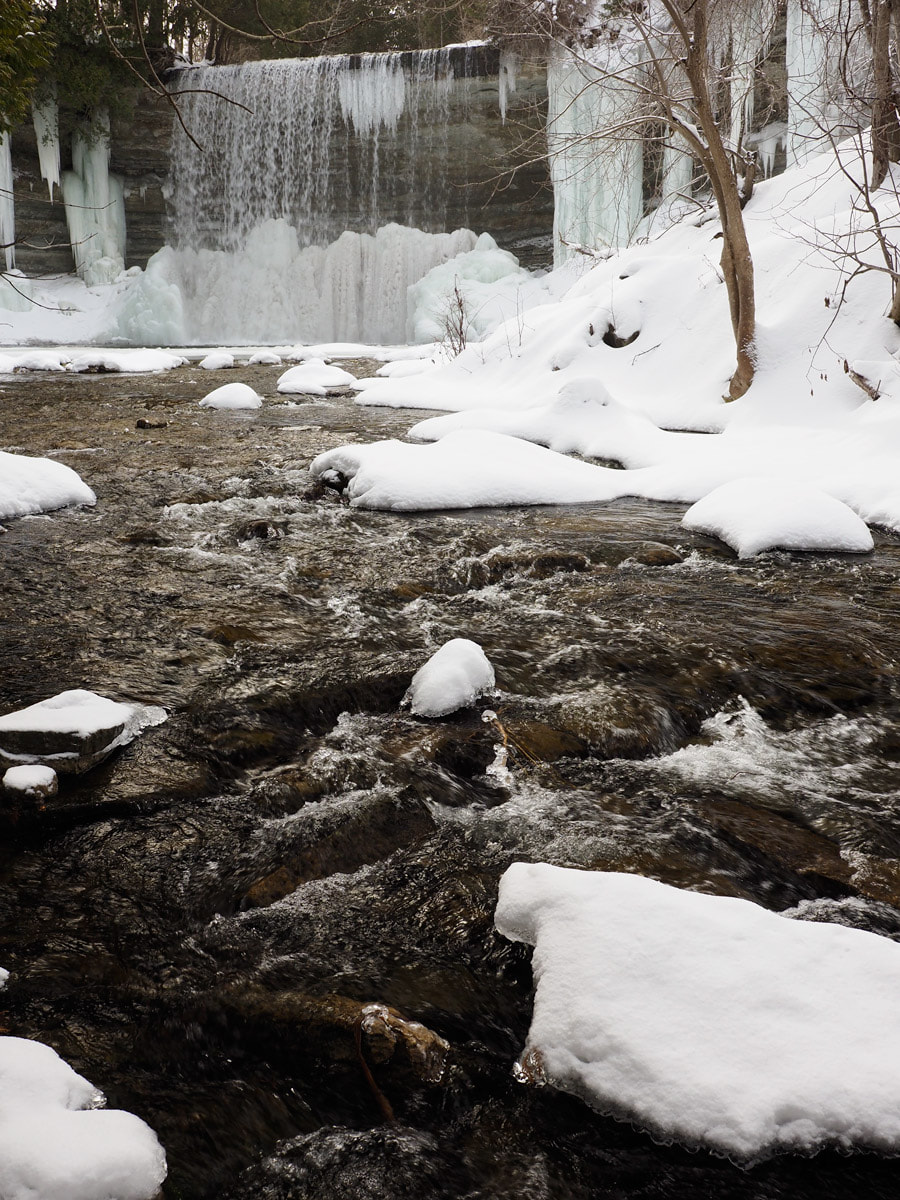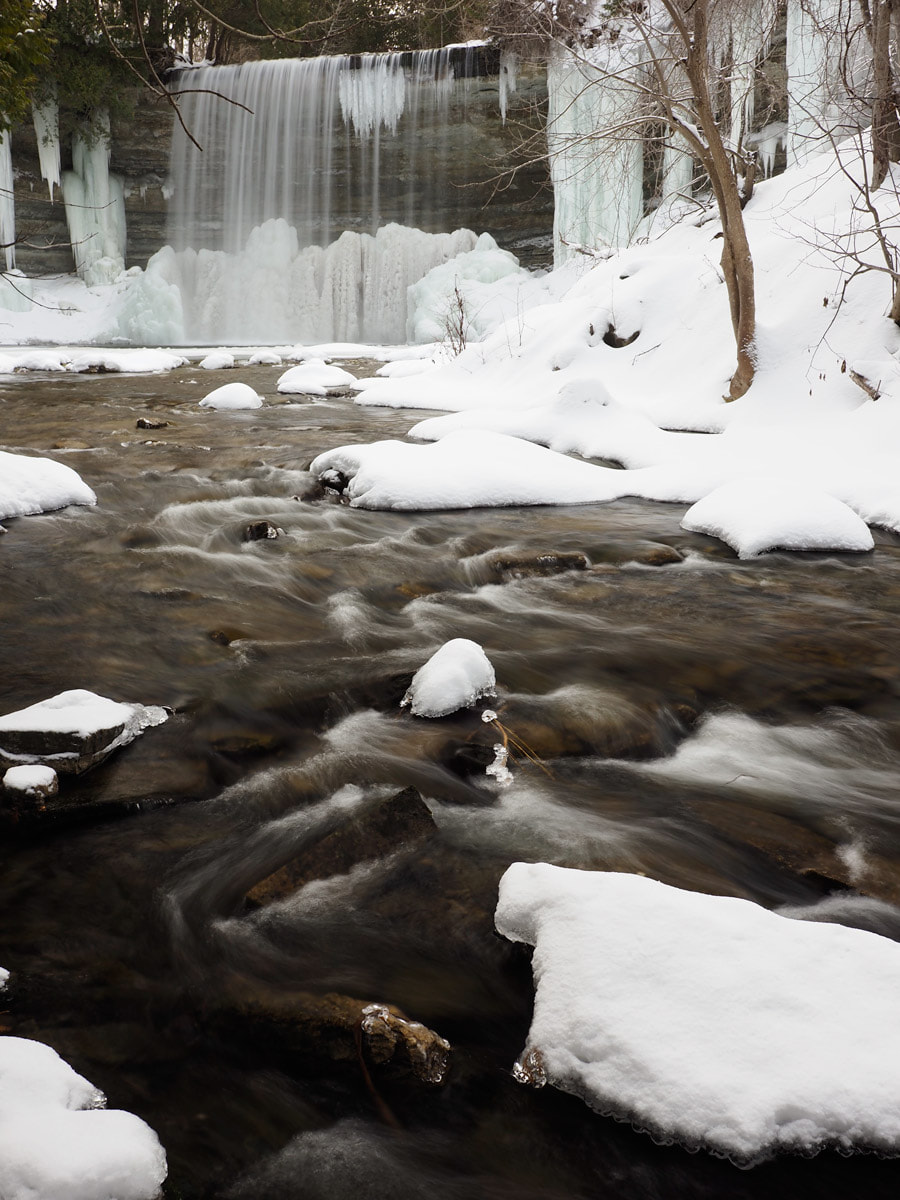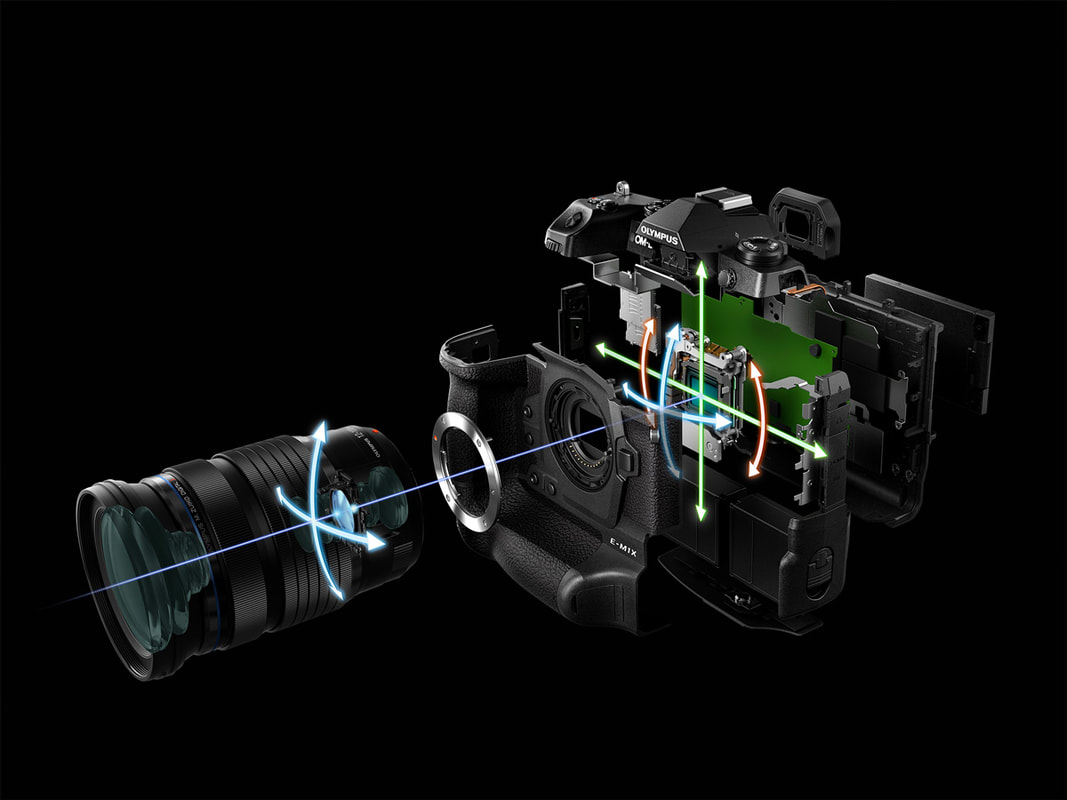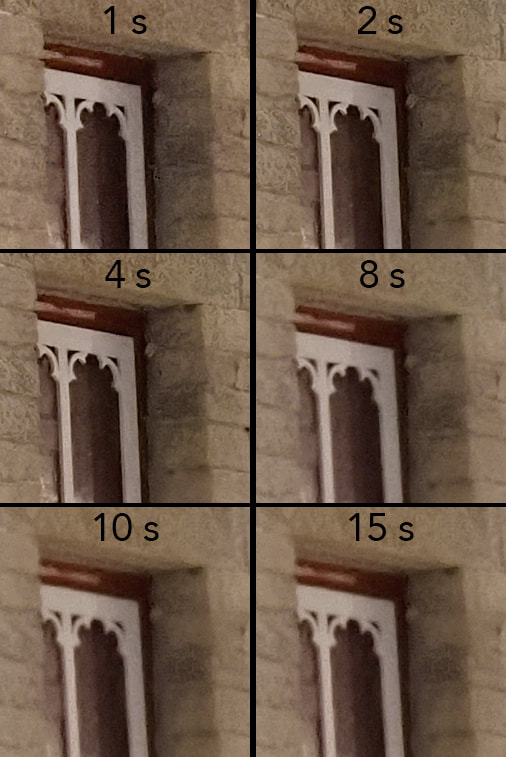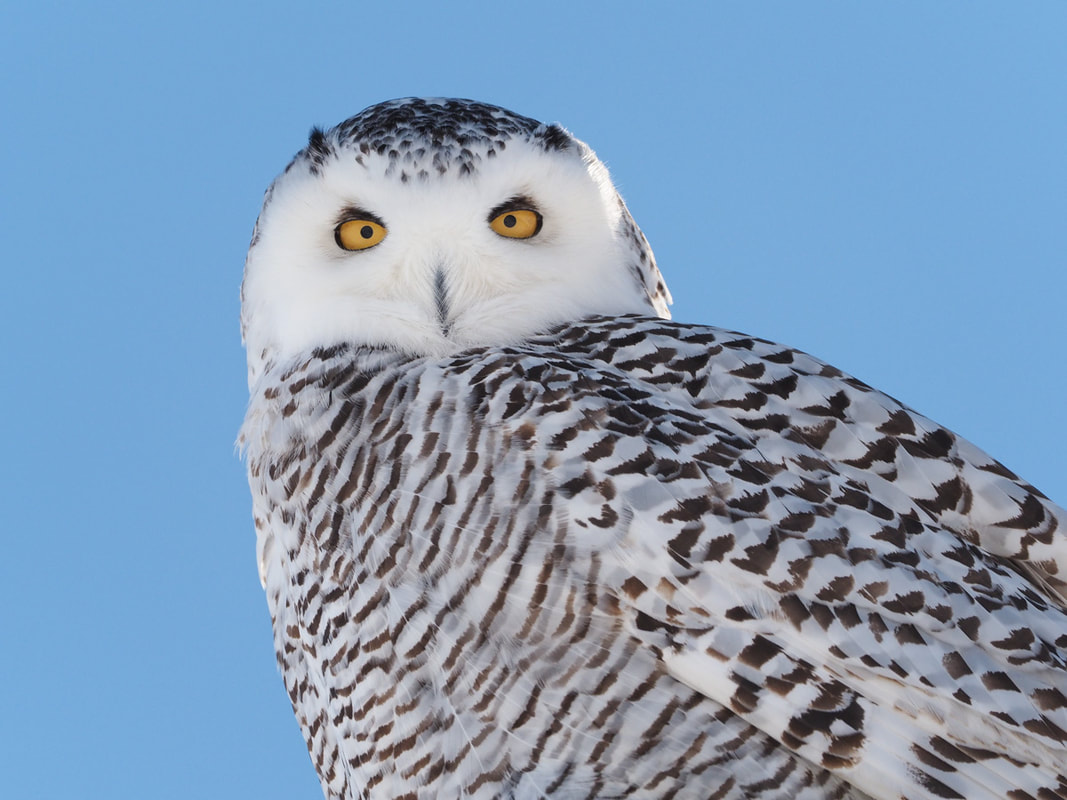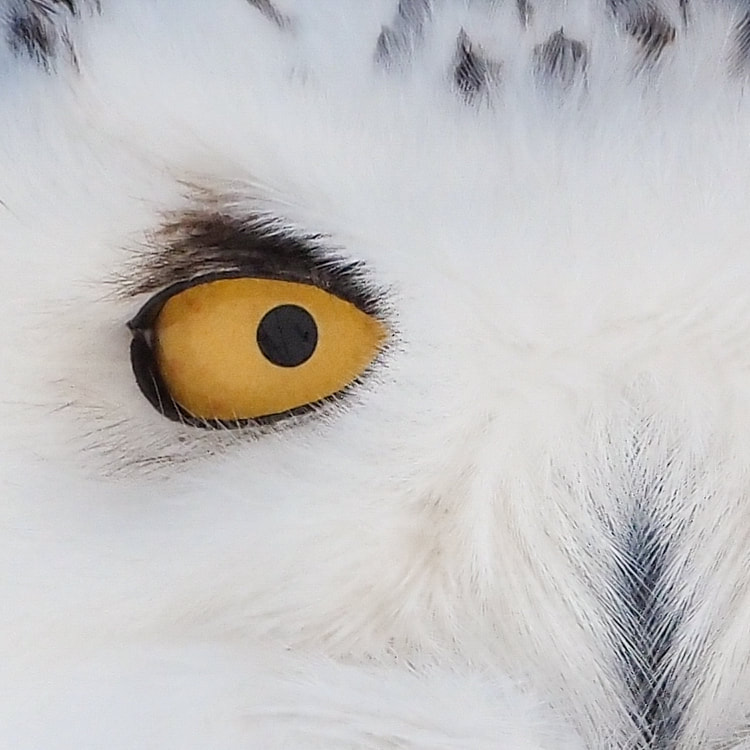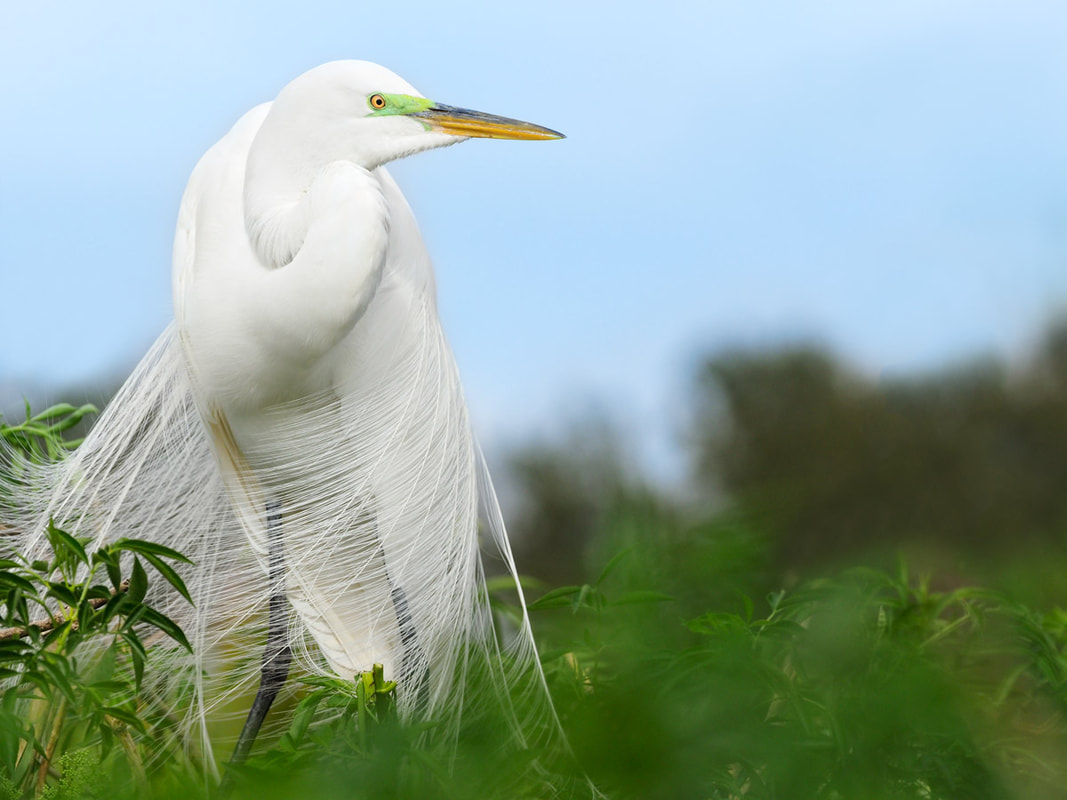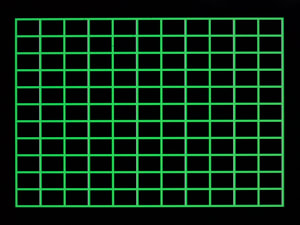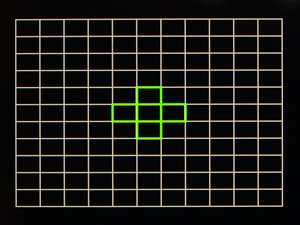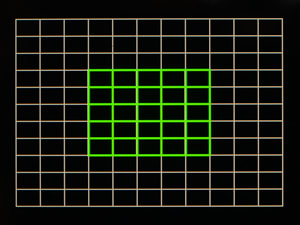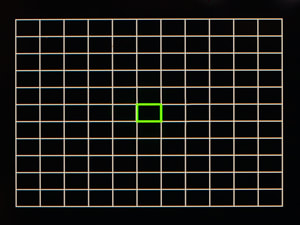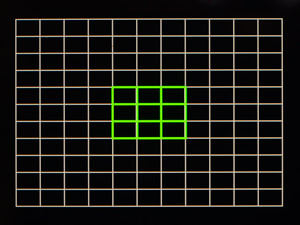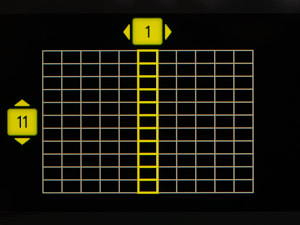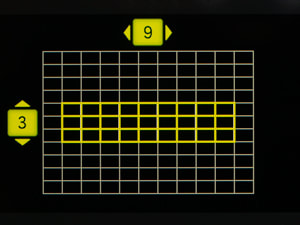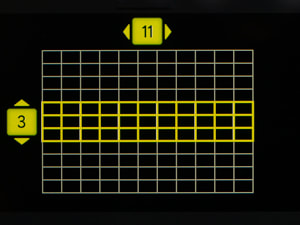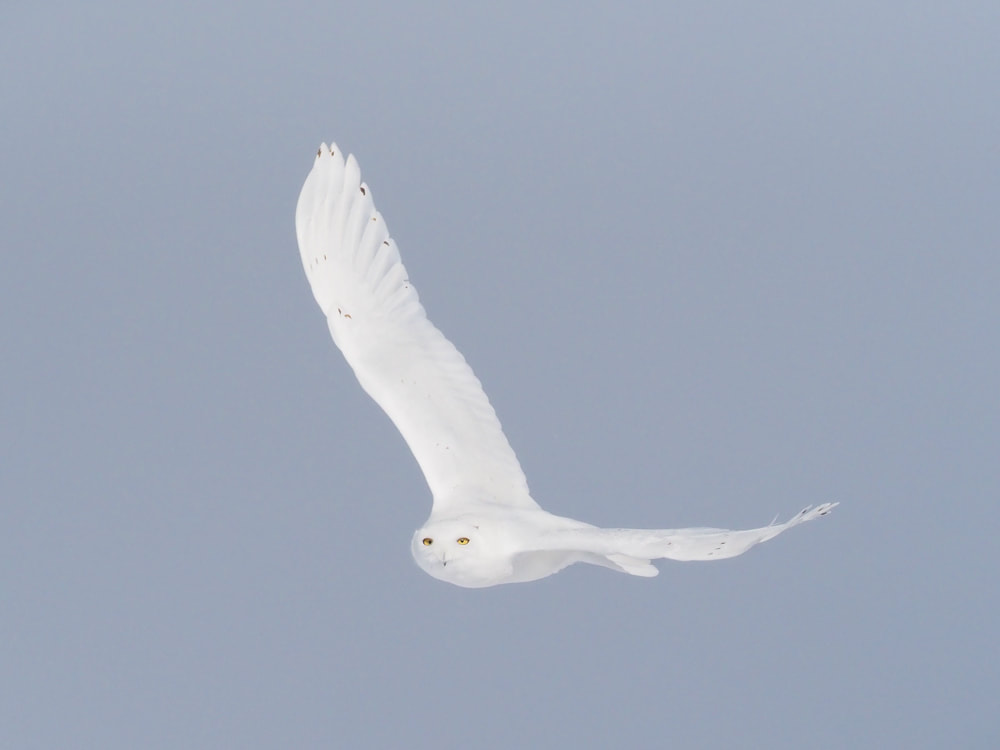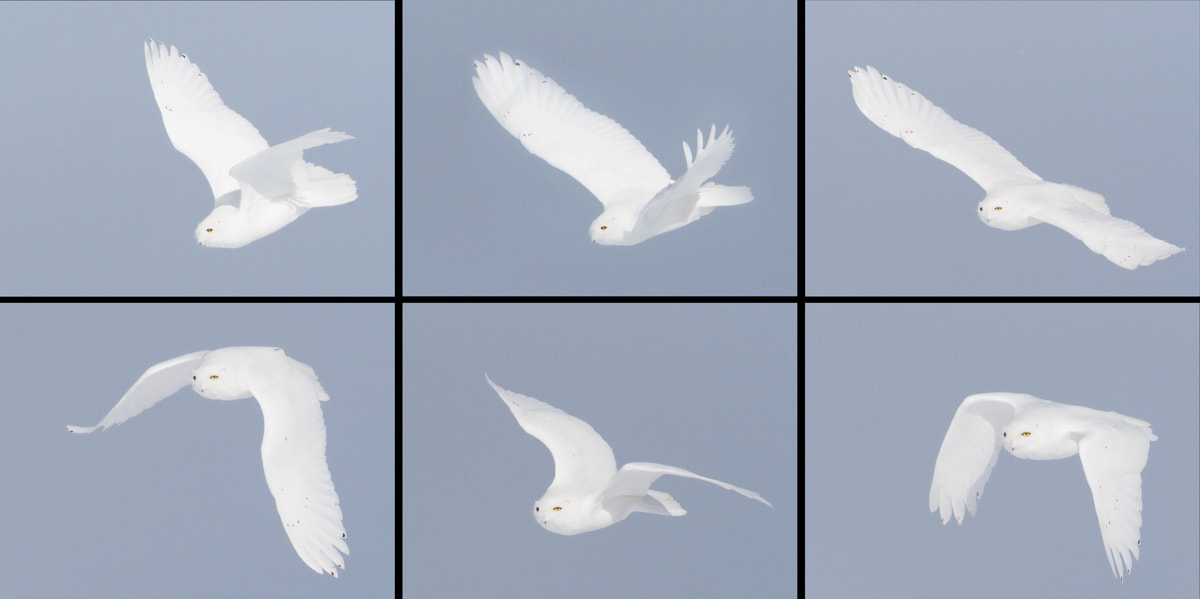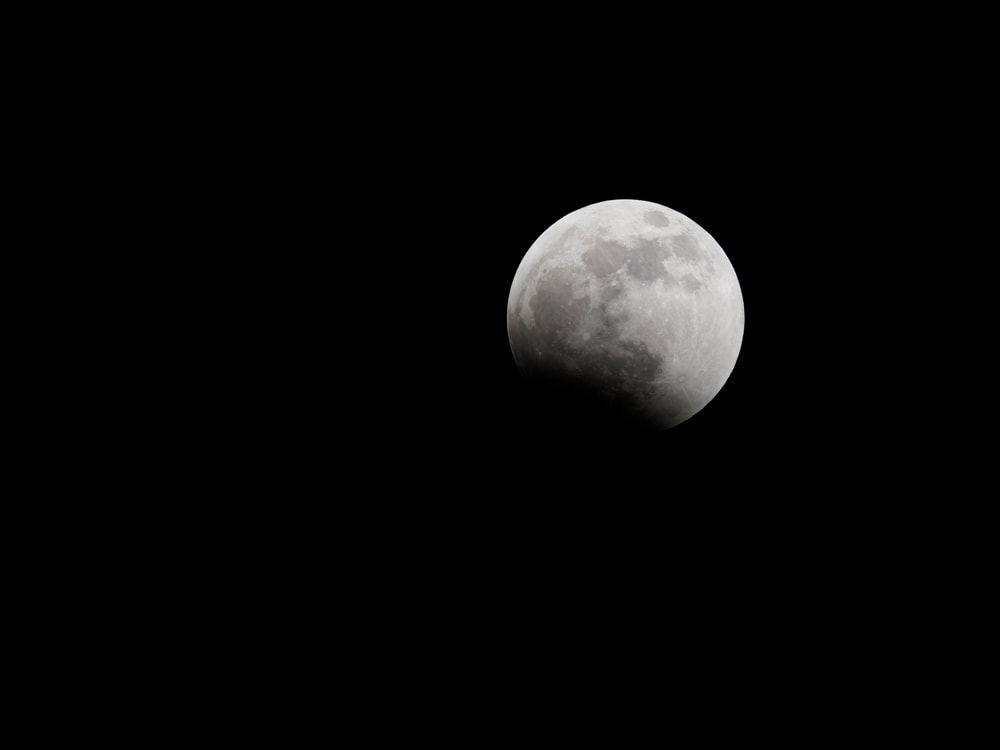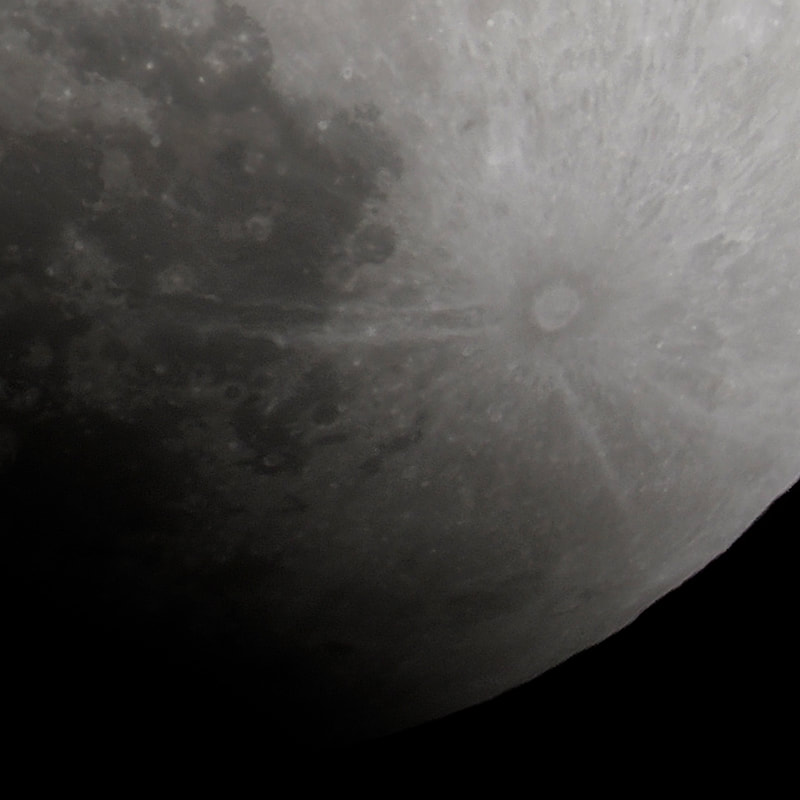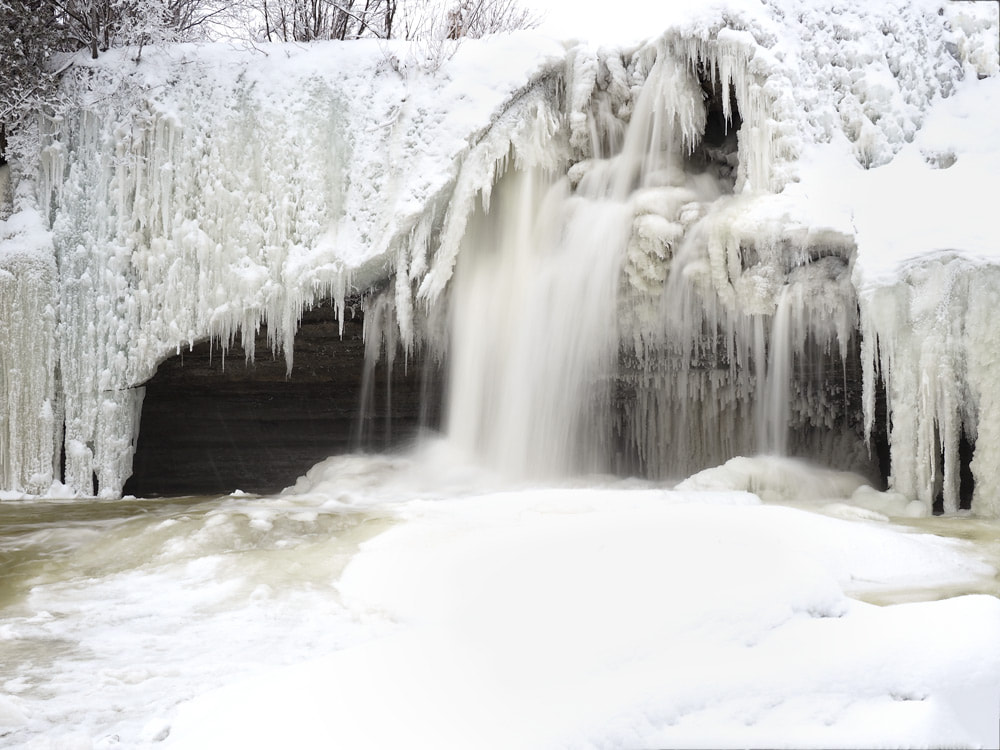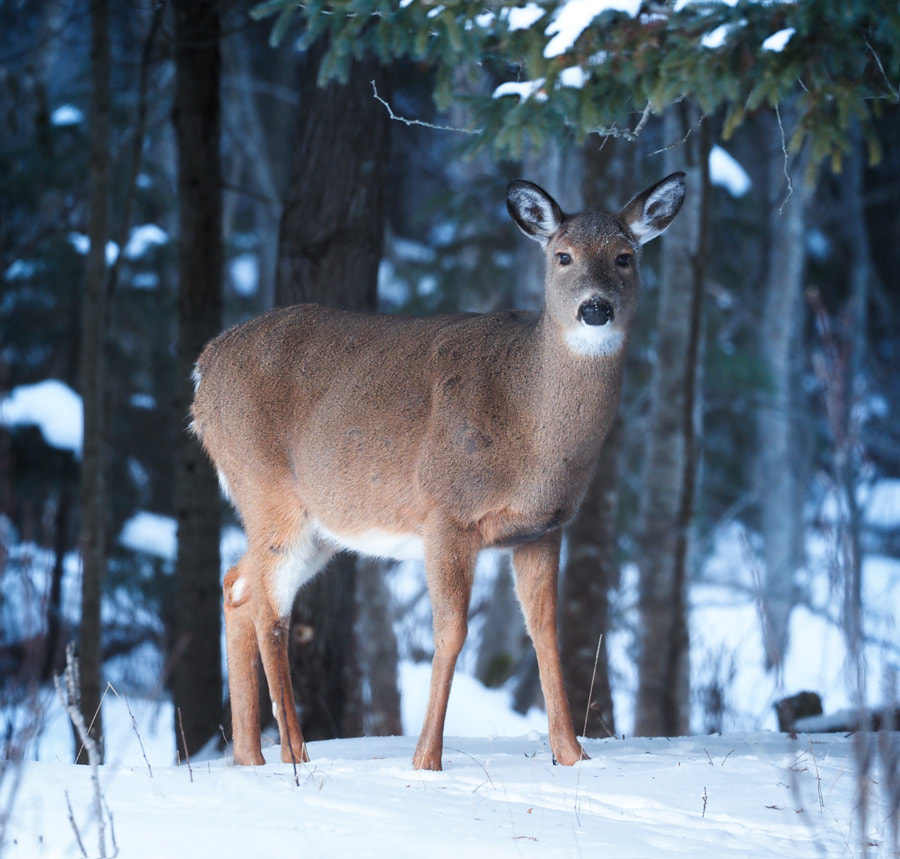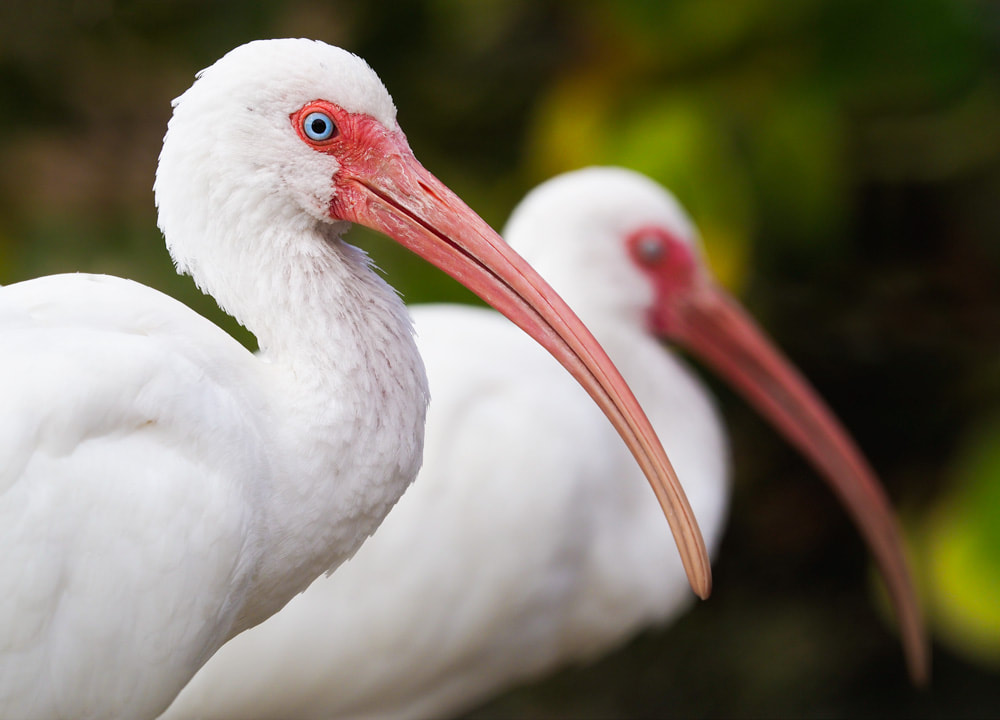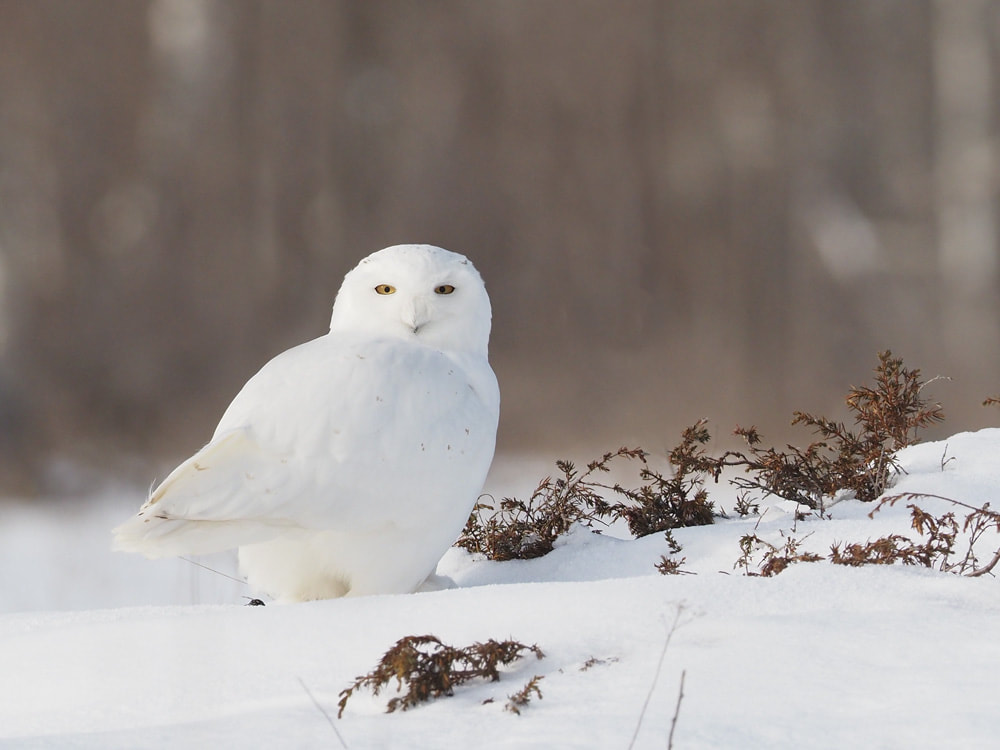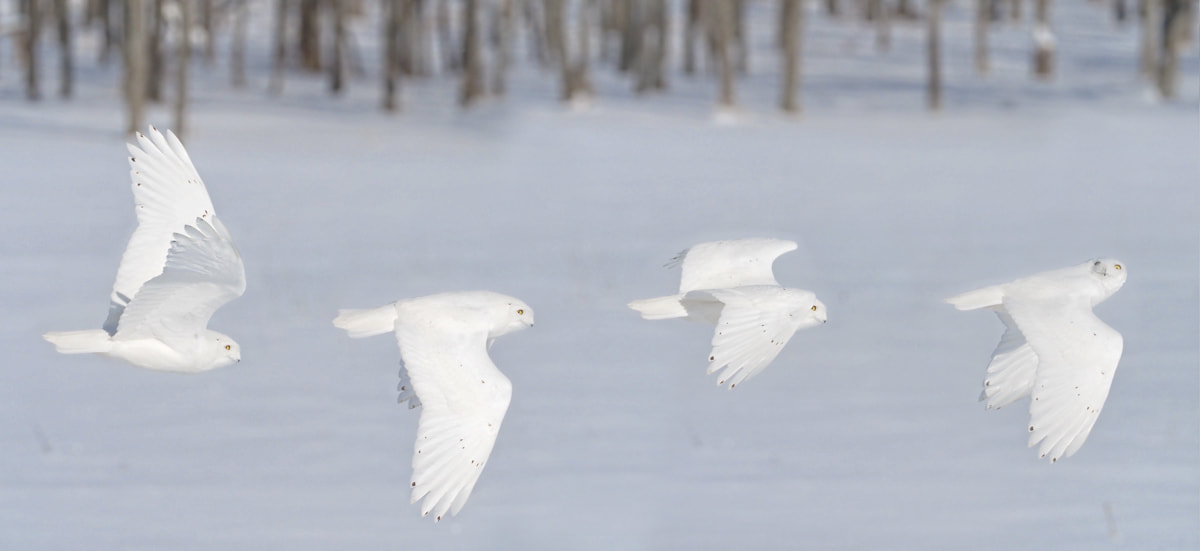A Nature Photographer's PerspectiveDisclosure: I am an Olympus Visionary and as such, receive compensation from Olympus America. However, no compensation was paid for this review. I endorse their products because I truly believe in the quality of their gear. Every photographer looks at a new camera release and asks, "Does this new model come with significant improvements from what I currently own, and does it suit my style and budget?" With the announcement of Olympus' new flagship model, the E-M1X, I was curious as to how well it fit my style as a nature photographer who primarily shoots landscapes and wildlife. Although designed to meet the needs of almost any style of photographer I wanted to provide "a natural perspective". Before I get into any details, I must provide an important qualifier. This is not a technical review. It is a 'first impressions' write-up with some supporting details and a lot of comparison to the E-M1 Mark II. An Exterior View Time for a tour... It's only natural that comparisons will be made between the E-M1X and the E-M1 Mark II. After all, The Mark II was the flagship model and now the E-M1X is the new boss on the block. It must be stated however that this is not the successor to the Mark II, rather it is a new member of the OMD line-up of cameras, sitting in a new position alongside the previous series; E-M10, E-M5 and E-M1. It's primary target audience is the professional photographer looking to capitalize on the advantages of the m4/3s mirrorless system. Let's start our tour with that comparison. Size The E-M1X measures 144.4mm wide x 146.8mm high x 75.4mm deep. This makes it approximately 1.9x larger by volume than the E-M1 Mark II. However, for those who regularly use the battery grip on the Mark II, the E-M1X is only 9mm taller and 10mm wider. As far as mass goes, the E-M1X comes in at 997g, approximately 90g more than the E-M1 Mark II with the extra grip. Like many people I wasn't expecting to see an integrated battery grip in the new E-M1X. However, since I spend a lot of time shooting with longer lenses I find the body to be nicely balanced, and, with a beefier grip, I never feel like the unit is going to slip out of my hands, especially since I hate using camera straps. To summarize, you will definitely notice a size and weight difference between the E-M1X and the E-M1 Mark II. However, if you have been using the HLD-9 battery grip with the Mark II, then the differences are minimal. Rear One thing that has always impressed me with the Olympus cameras I have owned is the excellent ergonomics. The back of the E-M1X maintains the attention to detail of its predecessors and adds a few other features as well. For those photographers who have been shooting with the E-M1 Mark II, there is both familiarity in the feature set on the back of the E-M1X as well as some definite differences.
Top There some notable differences (and improvements, in my opinion) with the E-M1X.
Right Side The card slots are accessed using a new flip-up-and-turn release that should prevent the cover from opening accidentally. The dual card slots are staggered and both are now UHS-I,II compatible. Within the gear menu there are several ways of recording onto the cards (Standard, Auto Switch, Dual Independent, Dual Same). As well, folders can now be created for saving or copying images. A cable release port is also positioned on the right side just in front of the card slots. Left Side Two batteries (BLH-1, the same as the E-M1 Mark II) are held in a cartridge that slides out of the bottom left of the body. The cartridge is locked into place with another flip-up-and-turn release latch. Side access means that it is easy to swap out batteries even when the camera is mounted on a tripod. Three port covers can be found on the left - a dedicated 1/8 inch mic port, headphone port, HDMI and USB ports. The batteries can now be charged directly using the supplied USB cable. This means you don't need to bring your charger when travelling - a nice addition. Viewfinder The layout of the viewfinder is quite different than other OMD models and a pleasant change. No longer is any of the key info placed overtop of the image. Along a narrow strip at the bottom of the viewfinder you will find the battery level indicator, shooting mode (M, S, A, etc.), special settings (C1, C2, etc, Live Time, Live Comp), shutter speed, aperture, exposure compensation, level gauge, white balance, ISO, card capacity. This provides a clear, unencumbered view of your image. Pressing the Info button once brings up the histogram, which is superimposed over the image. Continued pressing reveals additional information (picture mode, larger level gauges, shooting mode). Unfortunately I haven't been able to figure out how I can take a photograph of the viewfinder in order to share it with you. Trust me, it's a nice improvement. Menu System At first glance the layout of the menu system looks identical to the E-M1 Mark II. There are several new features added to the camera and therefore new menu items to go with them, but more importantly you can now build your own custom menus. During a meeting in January of 2018 the Olympus Visionaries were asked for suggestions regarding new features we'd like to see. Several of us suggested having a customizable menu that would store our most-used features. Olympus listened and made it better (and easier to use) than I could have imagined. At the bottom of the main menu is the 'My Menu' item (a star icon). All custom menu selections are stored here in up to 5 separate menus with a maximum of 7 items per menu. As of this writing I have only added 2 separate menus. Adding items is easy. While scrolling through the menu, press the Record button and a prompt pops up asking you which of the 5 available 'My Menus' you'd like it added to. Select 1 through 5, press OK and the custom menu is populated with your choice. Very cool! The Internals The E-M1X has a 20.4 MP sensor with a new coating and is driven by the Dual TruePic VIII engine. This sensor delivers improved sensitivity especially at higher ISOs. The double TruePic VIII engines increases performance and speed in all areas and allows for the inclusions of the newest features that Olympus has built into the 1X. Start-up and wake-up times are also dramatically improved. New Features and ImprovementsAlright, here comes the fun part! Although I've photographed almost all types of subjects, I really wanted to know, will the E-M1X offer new and innovative additions or improvements that will benefit my landscape, wildlife and astrophotography? The short answer is, yes, but let's have a look at some of those new and/or improved features. Handheld High Resolution Shooting Yippee! I have to admit that in the 3 years that I've been shooting with the E-M1 Mark II I have probably used the High Res mode only a dozen times or so. Being limited to only using it when mounted on a tripod was indeed a serious limitation for me. Not anymore! There are two high res modes - one for a tripod, and one hand-held. The regular high res mode provides an 80MP RAW image, while the hand-held mode provides a 50MP image. The real test is "how slow can you go"? The image above was photographed at a shutter speed of 1/100s (ISO400, f/8). I'm very pleased with the results. The image below was shot at 1/3s using a GND filter! I did try shooting a hand-held high res image of this scene at 1/2s, but I ended up with some ghosting around the grasses in the foreground. Of course, I'm not the steadiest person around, so I'm quite happy with the clarity I got at 1/3s. There are a few more high res shots in the gallery below. Live ND One of the reasons that I have stayed with Olympus for so long is the incredible innovations that they have brought into the world of photography (their dust reduction system, Live Composite, focus stacking, etc.). Add one more to the list - Live ND, and it's cool!
The results are quite impressive. From within the menu you can also turn on LV Simulation where the slow shutter speed effect can be seen directly in the viewfinder or monitor. The exif data for the Live ND photo reflects the change in shutter speed even if you don't physically change it. For example in the photo below (left) the shutter speed was 1/30s. With Live ND32 the shutter speed automatically dropped 5 steps to 1/2s. Focus Stacking Built-in focus stacking was introduced with the E-M1 Mark II and is now available on all recent OMD models. Based solely on personal observations there appears to be significant performance improvements with regards to focus stacking. The E-M1X appears to process stacked images faster and more accurately than the E-M1 Mark II. As well, you can now select the number of images to be stacked from within the menu, from 3 up to 15, rather than just 8 images as with other OMD models. I regularly use stacking in my landscape images in order to achieve greater depth so I appreciate those improvements. Improved IBIS Olympus developed the best in-body image stabilization in the business and continues to make improvements in this area. A new gyro sensor provides up to 7.0 stops of image stabilization and up to 7.5 stops with the m.Zuiko 12-100mm f/4. This is fantastic in low light conditions for landscape photography or indoors, as well as for shooting wildlife. As a simple experiment I photographed our local museum at night using the 12-100 lens. Since it was only faintly illuminated by some distant street lights I needed to set the ISO at 2000 in order to get a decent exposure and then proceeded to try out a variety of longer shutter speeds. The first image was shot hand held at 1 second, then 2", 4", 8", 10" and finally at 15 seconds. Of course, this is only one set of test shots, during which I was wearing thick winter gloves and standing in soft snow. In my day-to-day shooting I would never go beyond 2 seconds without the use of a tripod and it would be quite rare to go even that long. A few years ago that would have been practically impossible. Now it's easily achievable. Where I really want rock solid stabilization is while shooting birds from my canoe or kayak. Unfortunately that is not something I can test right now as I am ice bound in a cold Canadian winter. However, I have been able to do a bit of bird shooting with the E-M1X and I have been quite impressed. Auto Focusing When I'm photographing birds I want fast and accurate auto-focusing. The E-M1X has high-speed-imager AF. And it is definitely high speed. With the 300mm f/4 lens attached the auto-focusing is almost instant. I was pleased with the AF of the E-M1 Mark II, but this is even faster and more accurate, based on my experience with both cameras. While photographing at the rookery in Venice, Florida the true advantage of the m4/3 system was reaffirmed. Most of the other photographers had their large lenses mounted on solid tripods and were stuck framing only one bird or nesting scene because changing positions quickly was practically impossible. With so much action happening at this location the E-M1X and 300mm f/4 is a combination that allows for quick and easy reframing of a scene, and the fast AF means a very high success rate. AF Customization A new feature is AF customization which allows you to set separate focus points in horizontal and vertical shooting orientations. This means that if you switch orientations you don't have to constantly move the focus points. This not only saves time, but will likely save shots that you would have otherwise missed. Custom AF Target Mode Setting your focus points on an Olympus camera has always been easy. With the new joystick on the E-M1X it's even easier. It maintains the same 121 focus points with both phase and contrast detection. A new 25-point group has been added which can be quite useful when photographing wildlife. You can create your own customized targeting pads and assigned them to any of your custom mode settings (C1, C2, etc.). I tried to create one in the shape of PacMan, but unfortunately you are limited to a standard grid formation. A few examples are shown below. Intelligent Subject AF Intelligent Subject Detection AF is a new feature included in the E-M1X. (This doesn't mean that the camera will automatically focus on the person with the highest IQ - although that would be a good party trick.) With C-AF+Tracking engaged the Intelligent Subject AF will detect specific subjects, focus on them and track optimal points as they move through the frame. A type of artificial intelligence is used called deep state learning. At present the feature will track planes, trains and automobiles. Since these are not subjects that I photograph I haven't had the opportunity to test this feature out. I am hoping that at some point in the future it will be able to track birds, although given the organic nature of their movements I suspect this may be in the distant future. C-AF + Tracking Performance Improvements Speaking of tracking birds, one of the things I was most interested in is how well the E-M1X would do exactly that - track birds. Birds-in-flight photos are among the most challenging wildlife shots to get. With the E-M1 Mark II I had several successes when shooting our natural aviators. That said, I was hoping that my success rate would improve with the 1X. Over the short time that I've been using the new camera I've had three occasions in which to shoot birds in flight, and I've gotten quite usable images in all three situations. Video I don't shoot a lot of video and it's certainly my weakest area of knowledge when it comes to this (or any other) camera. However, I regularly shoot video clips of my wildlife encounters. The E-M1 Mark II produced excellent results, however there were often times where the AF was slow to respond or would drift. My experience with the 1X has been significantly better. The 20-second clip below is just a part of a much longer video. During that time the C-AF remained locked on the owl and never wavered. You can now set 4 AF target groups; single point, 9-point, 25-point and 121-point. As well you can adjust the AF tracking sensitivity and speed settings. The 1X can also shoot video at 120fps in full HD. A Quick Rundown The E-M1X has several other features worth mentioning, although I haven't tried these out myself yet.
A Final Note In the short time that I have been using the E-M1X I have been quite impressed with its performance and more importantly, the quality of images I was able to get. After a few days of use my muscle memory got used to the increase in size and found the camera to be quite comfortable, especially with the longer lenses. At a price of $2999 USD, this isn't a camera that most enthusiasts will turn to. However, with the rugged build, great image quality, and increased performance it is definitely one that should attract many professionals who want the advantages of m4/3s system.
Gallery
43 Comments
Martin Qvist Tyron
1/24/2019 07:22:50 am
Very nice review of the basic things.
Reply
Peter Baumgarten
1/24/2019 11:11:29 am
Thanks, Martin. It's a sweet camera with amazing features. There's a lot of talk about sports, but for landscape and birding it's amazing.
Reply
Sally Assinewai
1/24/2019 11:12:52 am
Wow! Peter I can not get over the details and how crisp and clear the close ups and action shots are. Amazing Camera for sure.
Reply
Peter Baumgarten
1/24/2019 03:25:57 pm
Thanks, Sally for taking the time to read and comment. Much appreciated.
Reply
Gail Robinson
1/24/2019 01:30:45 pm
Wow, quite impressive and your composition, photos and explanation are exceptional.
Reply
Kevin McDonnell
1/24/2019 02:22:24 pm
Peter.
Reply
Peter Baumgarten
1/24/2019 03:27:51 pm
Kevin,
Reply
1/24/2019 02:33:54 pm
Besides the sheer joy of looking at your photographs, I very much enjoyed your review and found this to be, as I hoped it would be, the most pertinent remarks concerning features I would be more interested in reading about. Thanks for doing this, Peter. You are a great asset to our thriving community of happy photographers.
Reply
Peter Baumgarten
1/24/2019 03:30:53 pm
Jeffrey,
Reply
Hartmu Bauer
2/3/2019 04:46:11 pm
Hey Peter 1/24/2019 08:38:30 pm
Hi Peter, thanks for that practical look at the camera ... a lot features taken next level. Appreciate the technique scenarios to test that baby out...I love it already!
Reply
Peter Baumgarten
1/25/2019 06:58:59 am
Marty,
Reply
1/25/2019 12:08:49 am
Thanks for an excellent and helpful "photographers" review. You covered enough of the technical side, without getting carried away but more importantly focused on actually photography. Very helpful and informative.
Reply
Peter Baumgarten
1/25/2019 06:58:08 am
David,
Reply
Brigitte Zaczek
1/25/2019 06:33:39 am
Thank you for this review. It was more helpfull than the whole day of yesterday‘s Olympus live show. After the disappointing firmware update It seems that I have to buy this camera if I want af improvement when photographing birds.
Reply
Peter Baumgarten
1/25/2019 06:55:58 am
Brigitte,
Reply
Garry Bryant
1/25/2019 11:19:03 pm
Yes this is a good sports body for outside, but how does it perform in low light? If the same old censor, for indoor sports in very poor light this doesn't make it.
Reply
1/26/2019 10:54:18 am
Great text and images as always Peter.
Reply
1/26/2019 11:25:51 am
An excellent series of photos and one of the best reviews that I have seen to date. Thank you so much for sharing your photos and comments it is much appreciated !
Reply
Peter Baumgarten
1/29/2019 09:43:23 am
Thank you, Patrick for the comment. When you put a post like this together you're never sure how well it will be received. Thanks for confirming that it was time well spent. Cheers!
Reply
Jim Lait
1/26/2019 01:43:28 pm
Thanks Peter...excellent review and photos. Enjoyed your comments about use for landscape and wildlife as I am currently using and enjoying the EM1-2. I also like to avoid carrying a tripod:).
Reply
1/26/2019 04:11:59 pm
Thank you Peter for this hands on practical review. The information you presented as well as the sample photos were very helpful to better understand this new Olympus camera body. The ND, focusing stacking and improved IBIS are all significant advantages as well as other new features mentioned. Good job!
Reply
1/26/2019 06:37:12 pm
Peter: Excellent information. As an owner of multiple EM1.2 bodies, I have mulled over whether the "X" is an upgrade worth buying. The more I read, the more I, as an amateur wildlife shooting enthusiast, believe it is a worhty upgrade. A question: are the 'customized AF target patterns only "saveable" to one of the custom setting banks, e.g., C1, C2 etc.?
Reply
Peter
1/26/2019 08:34:53 pm
James,
Reply
Jay L
1/26/2019 09:12:02 pm
So, do you expectbthis will be your camera of choice? The most exciting to me is the built-in ND filter. Next, should be an option to do real 890nm infrared at the flip of a switch!
Reply
Peter Baumgarten
1/29/2019 09:41:32 am
Hi Jay,
Reply
1/29/2019 09:21:20 am
What a great review. My main interest is bird photography so your experience with the camera is of great interest. I'm not familiar with the AF tracking mode. Does it use the AF target you define or is it only single point?
Reply
Peter Baumgarten
1/29/2019 09:39:37 am
Hi Louis,
Reply
1/29/2019 09:43:58 am
The fact that you did a hi-res photo with filter and handheld is beyond impressive. Thanks so much for the response. 2/3/2019 01:09:15 pm
Dear Peter thanks very much for an inspiring post that deals in the areas of wildlife and landscape that I work in, having gone from canon to Olympus last year via their pro loan scheme. I am interested in the development of the focus stacking from EM1 mk2 were you able to achieve stacked shots handheld? It s something I have been experimenting with. Many thanks and beautiful photos. I do a lot of work for the uk national papers and camera magazines and no editor has questioned the quality Of my met shots. It’s a great system and I will be buying the EM1 x when it goes on sale
Reply
Peter Baumgarten
2/4/2019 06:24:15 am
Hello Andrew. I'm glad that you found my post to be inspiring. Almost all of my landscape images that involve stacking are hand-held, unless I'm working in fairly low light. I haven't done any macro shooting with the 1X yet, but I'm not anticipating any issues there. One nice addition is that you can control the number of stacked shots - from 3 up to 15. For my landscape images I find that I rarely need more than 5 or 6.
Reply
2/6/2019 02:43:12 am
Thanks for the review, it is nice see some considered opinions emerging now after all the ridiculous noise from the usual suspects over the first few days. I‘m a late adopter - I‘ve almost decided to get an E-M1.2, but I don’t want to rush into anything :-)
Reply
2/11/2019 10:00:58 pm
This was the perspective I have been looking for - a landscape and nature photographer. The handheld hi res and ND features are very intriguing. I am an amateur shooting with the original EM5 but am seriously considering this camera. But I needed confirmation that the handheld hi res and the simulated ND features delivered on the potential. Thank-you.
Reply
Peter
2/12/2019 08:29:25 am
David,
Reply
2/11/2019 11:13:17 pm
Peter,
Reply
2/15/2019 10:56:11 am
A first impressions review like yours or Petr Bambousek brings a participatory walk-thru way more useful than some tech-spec-but-these-are-the-limits review. At this time Olympus latest cannot be for me lacking both deep pockets and deep experience. Eventually novelties will filter down to the more affordable, one would like to hope. And so I did hang on to some MFT gear and traded other for more mainstream (D7500+Sigma 100-400, less grief wrt focus, tracking, low light given my skills level). Very helpful, Peter, and magnificently illustrated.
Reply
5/5/2019 04:59:49 pm
Thoughtful and informative introductory review with excellent images to illustrate the new features. Thanks Peter!
Reply
8/8/2019 06:25:38 pm
I read your article reviewing the OMD EM1X with particular interest in bird in flight focusing techniques. Recently, I purchased the Olympus OMD EM1X primarily for bird in flight shots, and have had a pretty good "keeper rate" for those shots where the bird is positioned with only the sky in the background. Nonetheless, I have experienced a very low "keeper rate" where the bird is flying against a more busy background such as trees or even a body of water (e.g. where the eagle is grabbing a fish from the bay). I have adjusted the sensitivity of the auto focus to all of the different settings (i.e. -2 through +2), I have utilized many different shapes and sizes for the auto focus catch area (including the recommended only 5 boxes shaped in a cross) and I have shot with and without the tele-exetender, and yet still I get mostly photos where the background is in focus but the flying bird is out of focus, indeed, even where the bird is a color which vastly contrasts with the background such as a white egret against a greed treed background. I would genuinely appreciate some advice as to how to shoot birds in flight where the bird is flying against a busy background and how to get the bird in focus rather than the background. My email is [email protected]. Thank you. Paul Israelson
Reply
10/2/2019 02:35:48 pm
Hi Peter, this article was one of the reasons I decided to take advantage of Olympus' trade-in trade-up offer. I upgraded to the E-M1X from my E-M1 II and HLD-9 grip. Even though I haven't had much time with the new body I can tell it is a winner!
Reply
10/30/2019 12:10:59 pm
Thanks for your useful information. In fact, with today's technological developments, many phones support excellent photography software, and almost anyone can take the best photos for themselves and show them off to their friends.
Reply
11/5/2019 06:10:34 pm
I just purchased a Olympus E-M1X and am having trouble trying to set the type of file that I want to shoot. I know this should be very easy but I'll be darn if I can find it in the PFD file dealing with the operation of the camera. I would like to change it from JPG to RAW. Can you help me?
Reply
Jakes De Wet
11/15/2023 11:39:51 pm
Hi Peter, new to OM Systems after many yrs using FF and APS-C systems. After getting over the initial concerns, propagated by the FF sensor vs MFT YouTubers, I am very impressed and happy with the EM1x and OM-1. The 12-40 f2.8, 40-150 f2.8 and 300 f4 lenses are fantastic. It is a revelation to work with the compact size and light weight. The massive cost to move from DSLR to Mirrorless made me look at alternatives. Tour pages and Blog is an inspiration. Thank you. Photography has a new life for me, enjoyment and fun, the look on the faces of the big FF users when they see my “toys” as one called it. They I tell them about ProCapture and all the other benefits, show them the results.. never underestimate an old man with a small camera .. Great work, stunning images.. thanks for the many tips..
Reply
Leave a Reply. |
AuthorPeter Baumgarten is a professional photographer and educator. He is also an Olympus Visionary and NiSi Official Photographer. Categories
All
|
||||||||||
